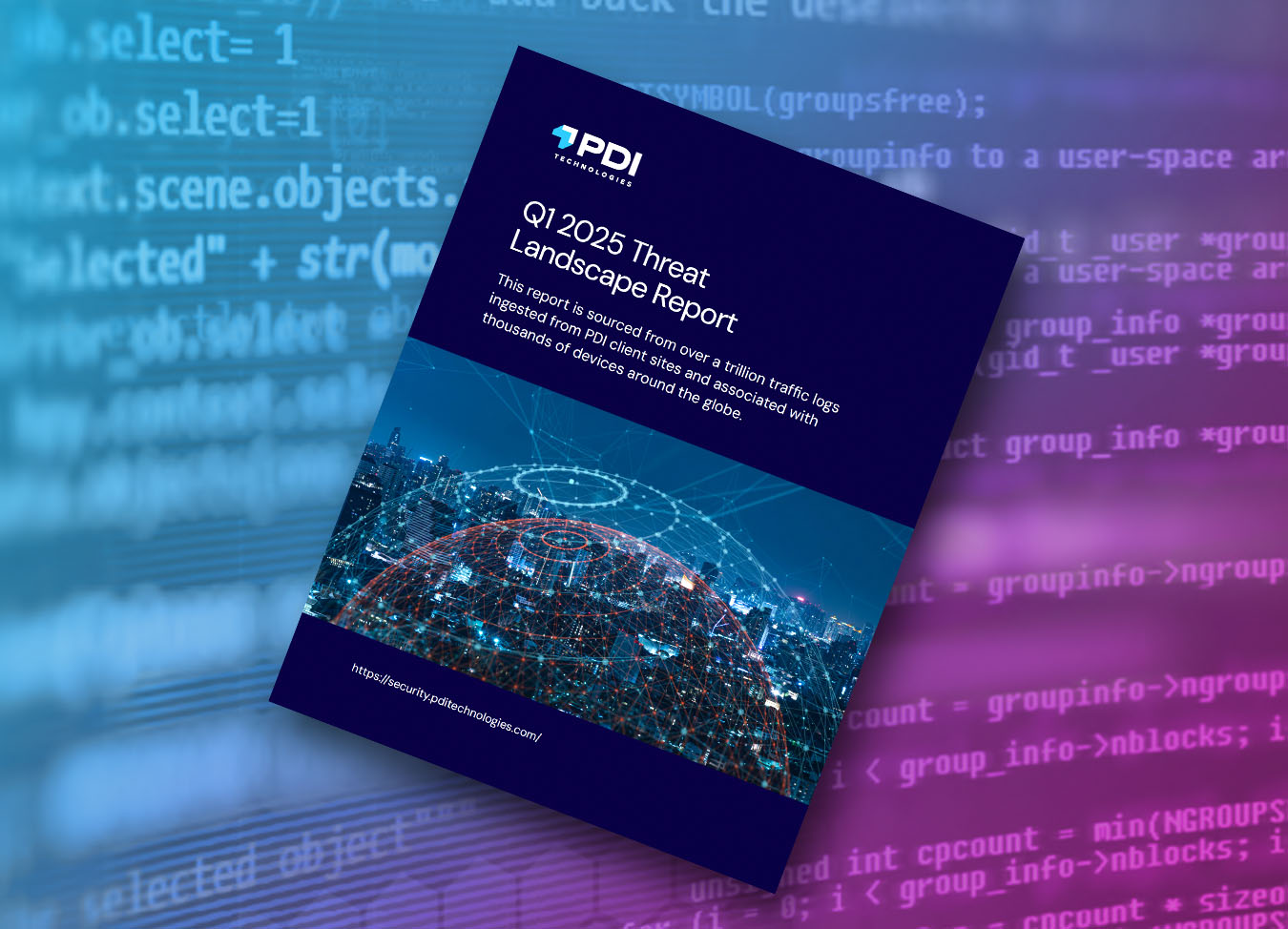Unmasking North Korea's Cyber Tactics: A Deep Dive into Illicit Access

Unmasking North Korea's Cyber Tactics: A Deep Dive into Illicit Access
In the ever-evolving landscape of cybersecurity, North Korean threat actors continue to pose a significant challenge. Recent reports have shed light on their sophisticated technical strategies for gaining illicit access to sensitive systems and data. Understanding these tactics is crucial for organizations seeking to defend themselves against state-sponsored cybercrime.

North Korea cyber conflict is 'uncharted territory' | CNN
Unveiling the Tactics
North Korean threat actors employ a range of techniques to infiltrate organizations. These include:
- Social Engineering: Crafting convincing phishing emails and exploiting human vulnerabilities to gain initial access.
- Stolen IDs and Laptop Farms: Using stolen identities to obtain IT jobs in Western companies, funneling earnings back to North Korea.
- Custom Malware: Developing and deploying unique malware tailored to specific targets, often adapting quickly to evolving security measures.
- Living off the Land: Utilizing existing system tools and resources to evade detection and maintain persistence.
Spotlight on Kimsuky APT
The Kimsuky APT group is a prime example of North Korea's sophisticated cyber capabilities. They are known for blending advanced social engineering with stealthy malware, using tailored LNK decoys to bypass security measures. Their operations often involve:
- Targeting individuals with access to valuable information.
- Employing spear-phishing campaigns with highly personalized content.
- Using compromised accounts to move laterally within a network.
The Lazarus Group's Ransomware Menace
The Lazarus Group, another notorious North Korean cyber entity, is heavily involved in ransomware attacks. While financial gain is a primary motivator, their actions also align with North Korea's broader geopolitical objectives. Key characteristics of the Lazarus Group include:
- Rapid development and deployment of custom ransomware.
- Adaptation to evolving security measures.
- Targeting a wide range of industries and organizations.
Actionable Strategies for Defense
To mitigate the risks posed by North Korean threat actors, organizations should implement the following strategies:
- Employee Training: Educate employees about social engineering tactics and phishing scams.
- Strong Authentication: Implement multi-factor authentication to protect against compromised credentials.
- Network Segmentation: Segment networks to limit the impact of a successful breach.
- Regular Security Audits: Conduct regular security audits and penetration testing to identify vulnerabilities.
- Threat Intelligence: Stay informed about the latest threats and tactics used by North Korean threat actors.
Key Takeaways
North Korean cyber threat actors are a persistent and evolving threat. By understanding their tactics and implementing robust security measures, organizations can significantly reduce their risk of falling victim to these attacks. Continuous vigilance and proactive defense are essential in the face of this ongoing challenge.
References
- Researchers Expose North Korean Threat Actors' Techniques for ...
- Researchers Reveal North Korean Threat Actors’ Tactics for ...
- The DPRK Remote Worker Threat: Unmasking North Korea’s ...
- Stolen IDs and laptop farms: How North Korean IT workers ...
- Lazarus Ransomware Group – The North Korean Cyber Menace
- North Korea’s Kimsuky APT: Social Engineering, Stealth ...
- Feature Image





